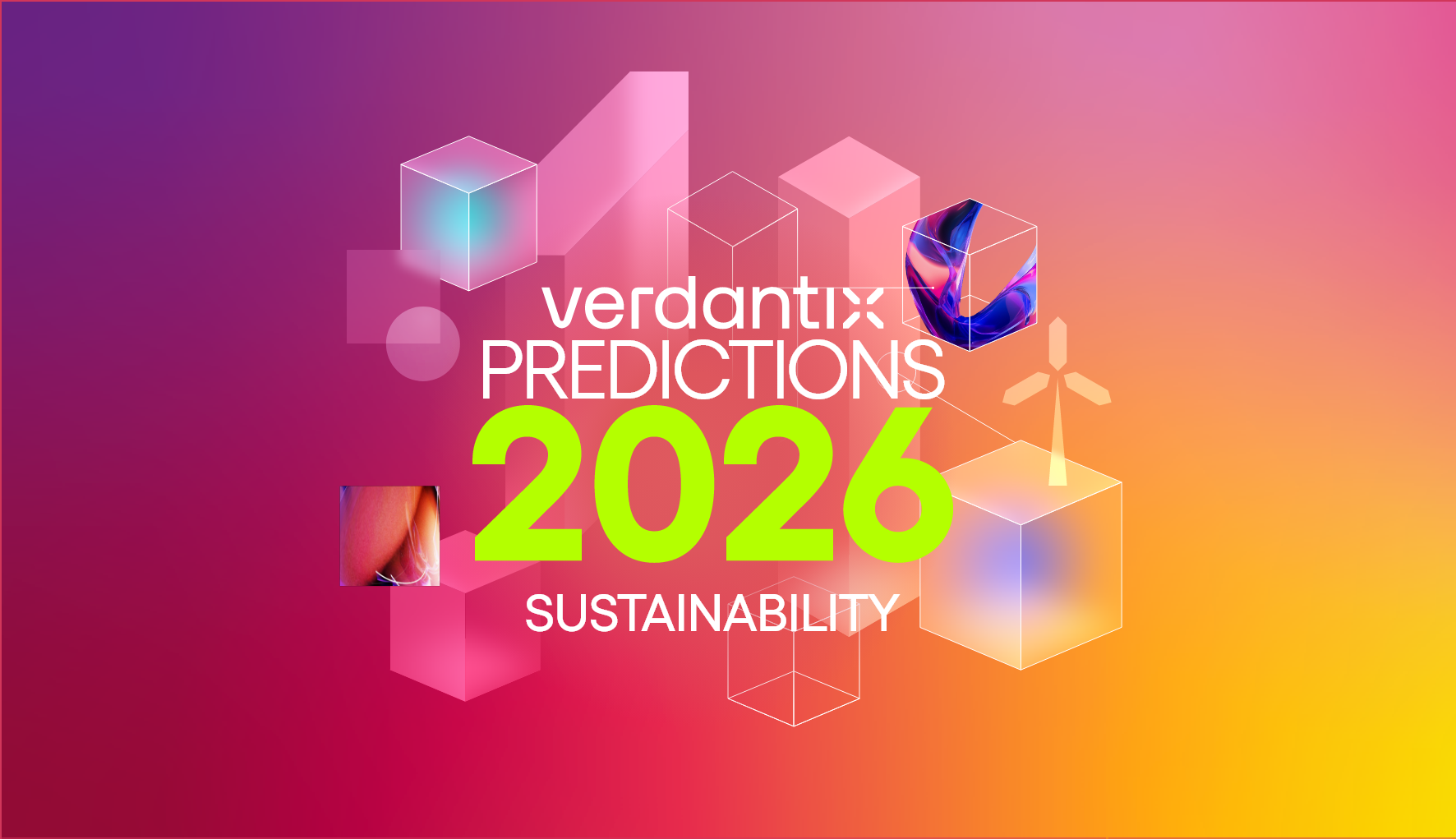Mastering Double Materiality Assessments For CSRD Success
In today’s corporate sustainability landscape, double materiality is crucial not only for complying with the CSRD but also as a cornerstone for shaping future sustainability strategies. The European Financial Reporting Advisory Group (EFRAG) describes double materiality as the integration of impact and financial materiality: how sustainability issues influence an organization and how the organization, in turn, affects the environment and society. This framework enables firms to create a list of material sustainability-related impacts, risks and opportunities (IROs) on which it needs to report.
The CSRD’s scale of impact is huge. By 2028 around 50,000 organizations, both inside and outside of the EU, will need to report on 176 mandatory data points and assess the materiality of a further 647 data points, detailing the material impacts, risks and opportunities they face. More widely, the regulation’s influence extends beyond the EU, with analysis estimating that over 10,000 non-EU firms will also need to adopt a double materiality approach. This approach may not be new to decision-makers; data from the 2024 Verdantix ESG and sustainability global corporate survey shows that 69% of organizations already use double materiality assessments as a tool to improve ESG and sustainability performance.
EFRAG does not mandate that organizations follow a specific process to determine materiality, but instead encourages reporting entities to leverage their established risk management processes to identify, assess and manage impacts, risks and opportunities. Conducting a firm-wide double materiality assessment requires organizations to establish clear stakeholder engagement mechanisms alongside internal processes, as well as oversight structures to ensure the ongoing effectiveness of the assessment process. This is even more complex for firms that operate in multiple geographies, requiring decision-makers to possess a nuanced understanding of materiality across different regions.
Organizations embarking on their first double materiality assessment should take several crucial steps. The first is to establish a cross-functional working group overseen by the board. Sustainability executives must leverage existing knowledge with contributions from internal risk, finance and supply chain functions.
Next, ensuring that double materiality assessments are dynamic and ongoing by nature is essential. While the CSRD requires organizations to disclose information in the annual management report, firms should continuously stay on top of material concerns in their ecosystem. For the most effective reporting, sustainability executives can establish a regular schedule for the wider double materiality working team to review the financial and impact materiality of existing sustainability topics and highlight emerging issues that should be monitored and assessed.
Decision-makers also need to work to understand which existing software systems can be leveraged to support double materiality assessments. Firms should evaluate the capability of their existing IT systems to support the process from stakeholder engagement and data perspectives, incorporating analysis of material topics.
Finally, prioritizing transparency and traceability throughout the process is paramount. Enhanced assurance requirements under the CSRD are reshaping the management of ESG and sustainability data. Assurance providers will need to understand how and why an organization has decided a topic is material. To ensure data accuracy and transparency, firms should prioritize auditable evidence and try to maintain objectivity during assessments.
For more information, sign up to our upcoming webinar on double materiality. We’ll dive into the intricacies of double materiality and the role that technology and advisory services are playing in helping organizations undertake double materiality assessments – as well as answering your burning questions.
About The Author

Luke Gowland
Senior Analyst





